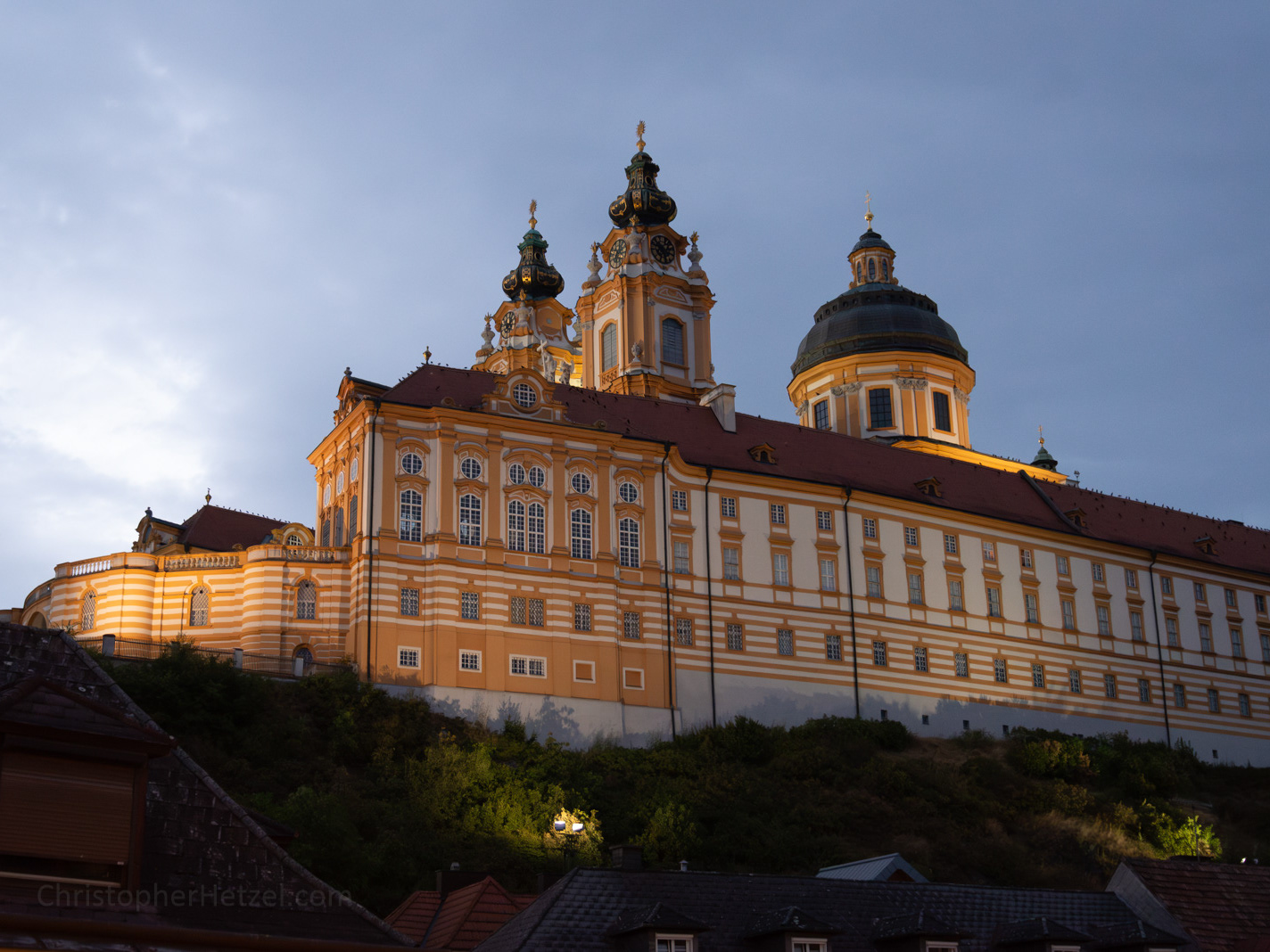The Wachau Valley in Austria is wine country! And we did our best to sample what it had to offer. In addition to grapes, the valley is also particularly well known for its production of apricots, which are used to produce specialty liquors and wines. One can find apricot products almost everywhere.
We visited several wineries and a number of pubs and taverns during our trip. These included the Lagler's winery in Spitz, the Schmelz family winery in Joching, and the Alter Klosterkeller (or old monastery cellar) in Dürnstein. All provided a different experience, but each served the common types of Austrian wines (Steinfeder, Federspiel, and Smaragd) for which the Wachau Valley is best known. In fact, each are registered trademarks, strictly controlled, and considered ambassadors of the Austrian wine culture.
Historically, the Wachau is a stretch of the Danube River valley between the towns of Melk and Krems. It is recognized as an intact cultural landscape of high visual quality in terms of its architecture (monasteries, castles, and various ruins), urban design (towns and villages), and agricultural use (primarily viticulture and orchards).
The Wachau Valley has been inhabited by local peoples since the Neolithic period (approx. 4300 to 2000 BC). However, the first major changes in the landscape began to occur around AD 800, when the Bavarian and Salzburg monasteries started cultivating the Wachau Valley slopes, resulting in a distinct landscape of vine terraces. In the centuries that followed, the acreage cultivated for grapes fluctuated, depending on changes in the climate and the wine market. Most towns in the Wachau Valley were first established in the 11th and 12th centuries, and the Danube river is lined with castles, taverns and inns, and distinctive
ecclesiastical buildings, built between the 15th and 18th centuries. There are even supposedly medieval winegrowers' farmsteads that still exist (we didn't visit any) that date to the late Middle Ages.
Today, this heritage is commemorated by the "Wachau Cultural Landscape," which was inscribed as a UNESCO World Heritage site in 2000. The Wachau Valley is recorded as "an outstanding example of a riverine landscape bordered by mountains in which material evidence of its long historical evolution has survived to a remarkable degree," and for the "architecture, the human settlements, and the agricultural use of the land in the Wachau," which "vividly illustrate a basically medieval landscape which has evolved organically and harmoniously over time." A number of Austrian governmental bodies at the federal, state, and municipal levels contribute to its protection and conservation.

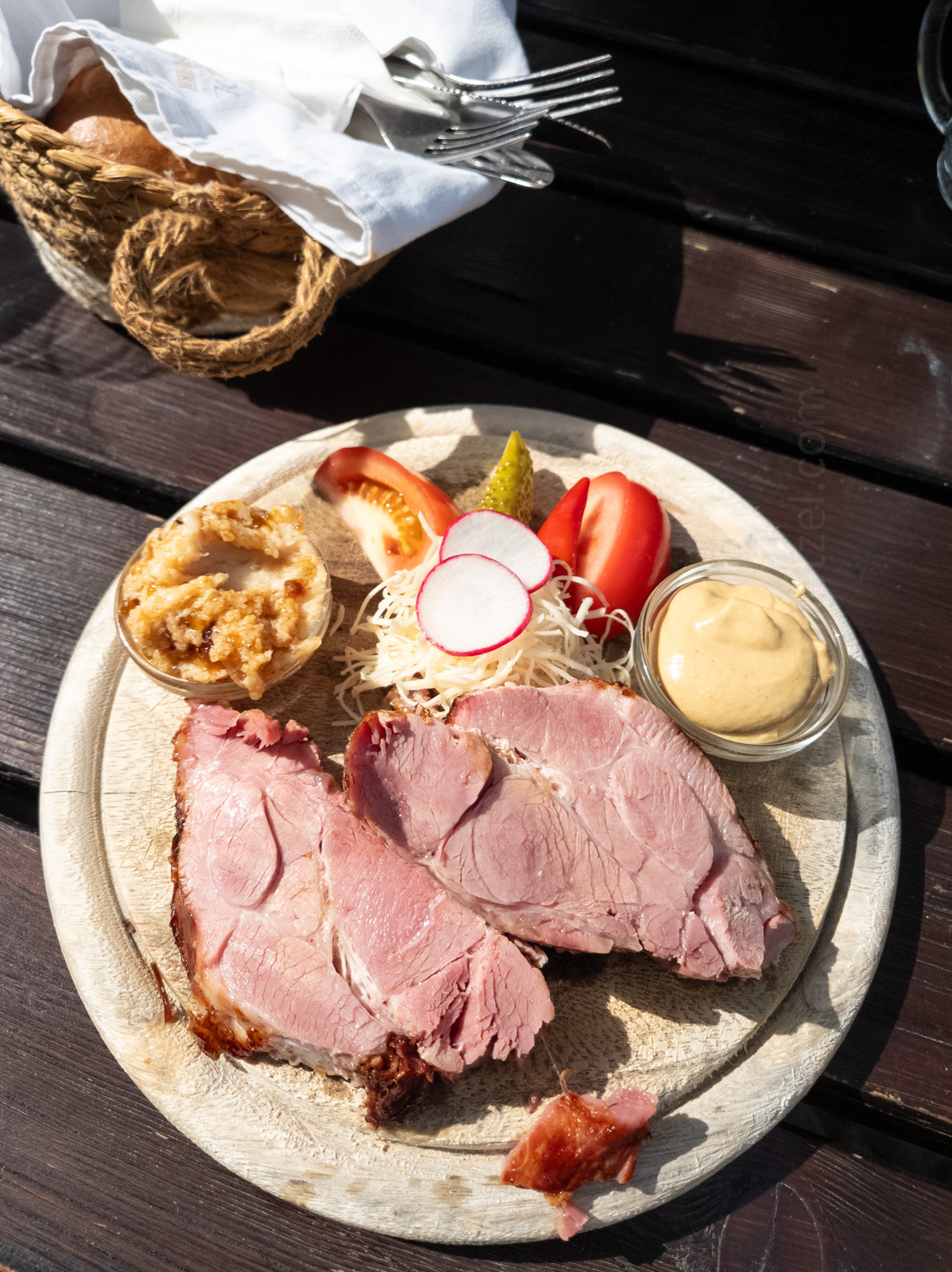






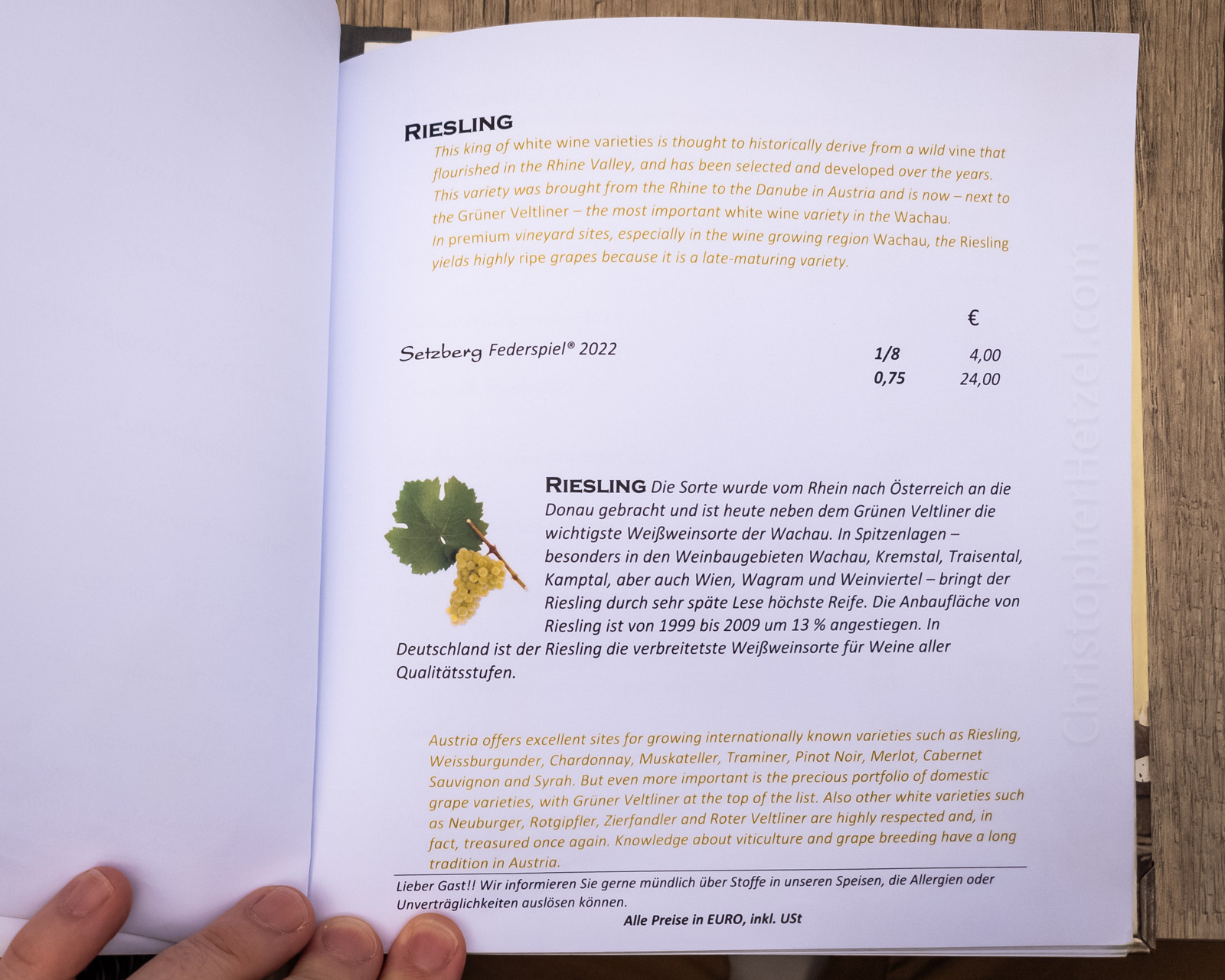









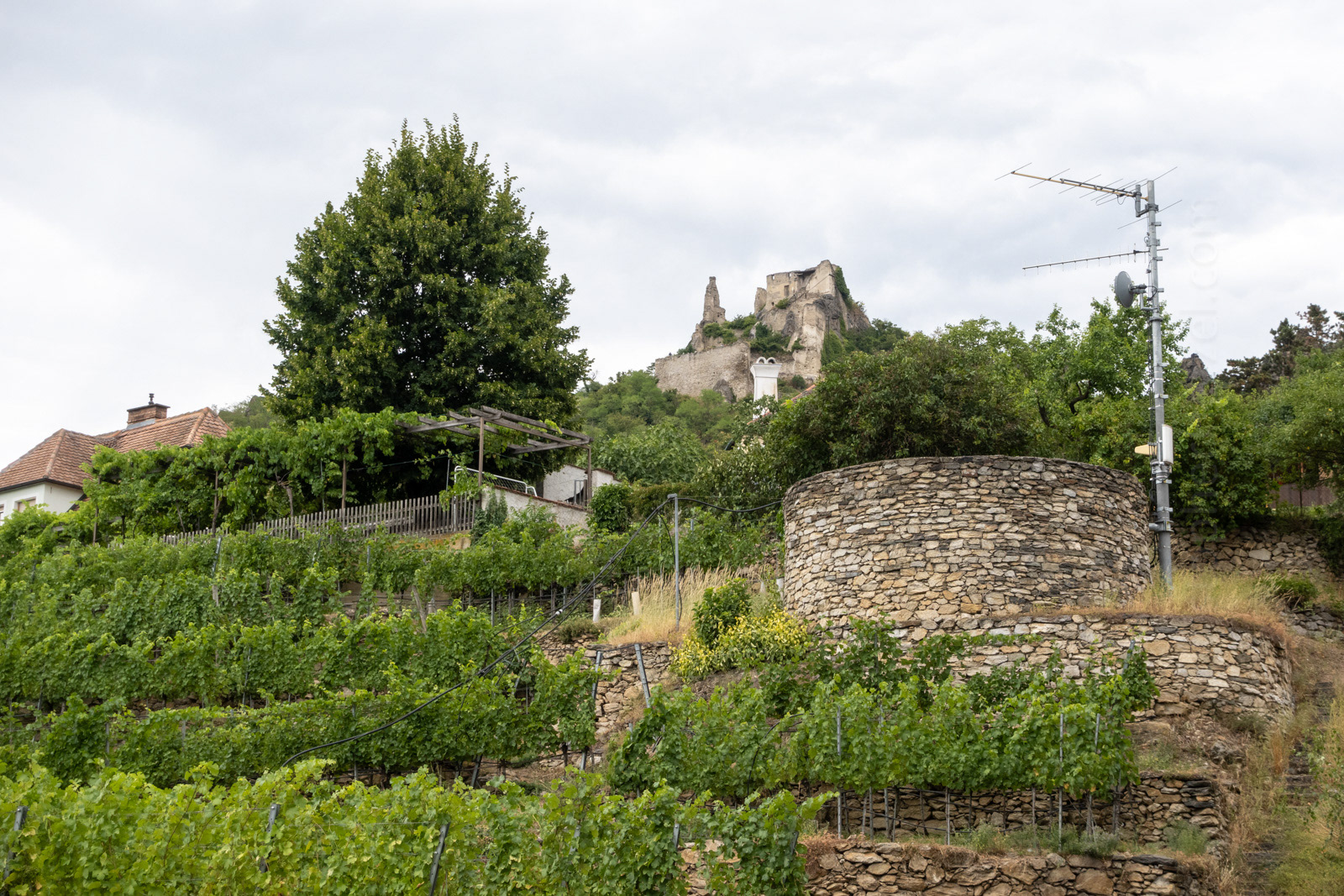






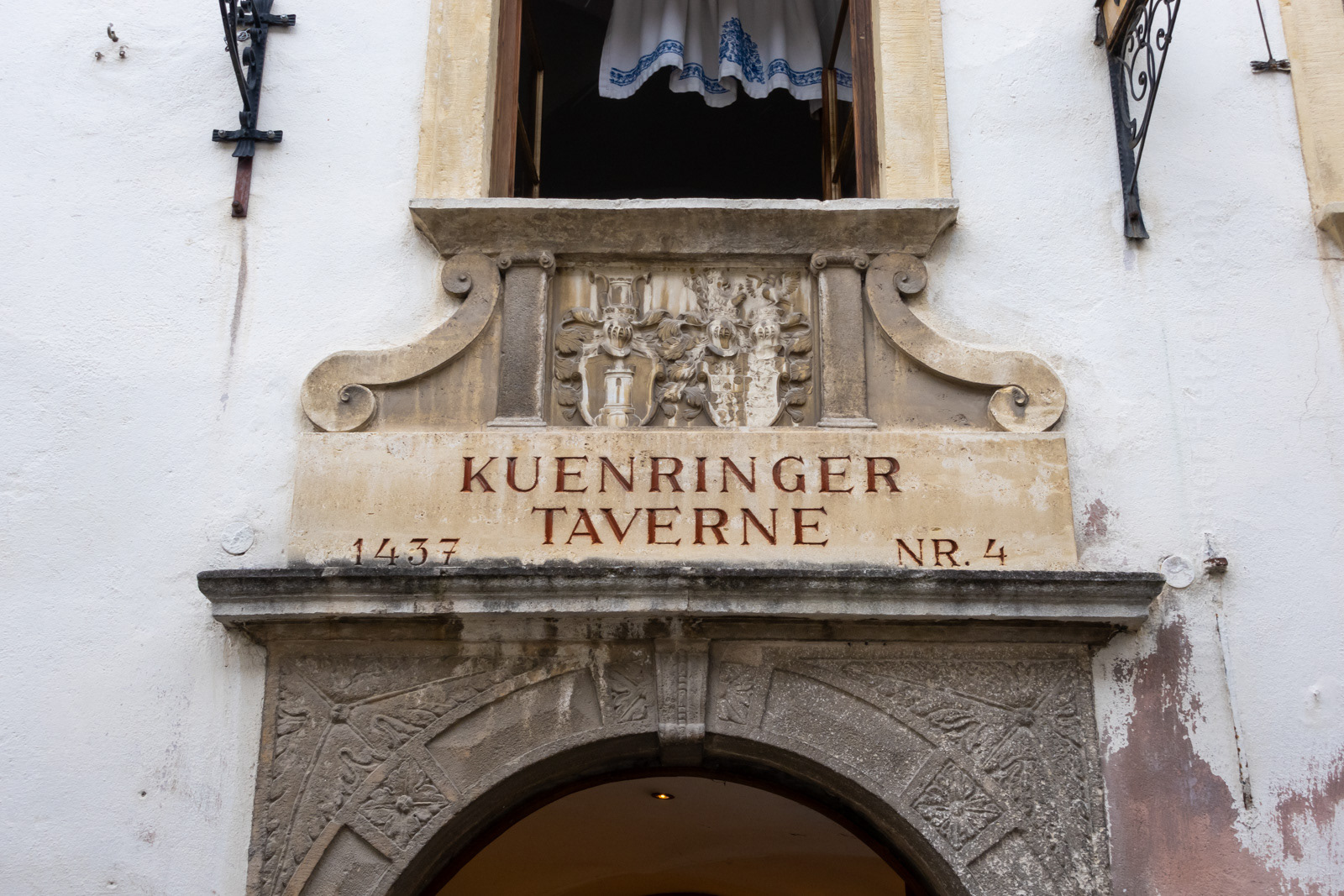
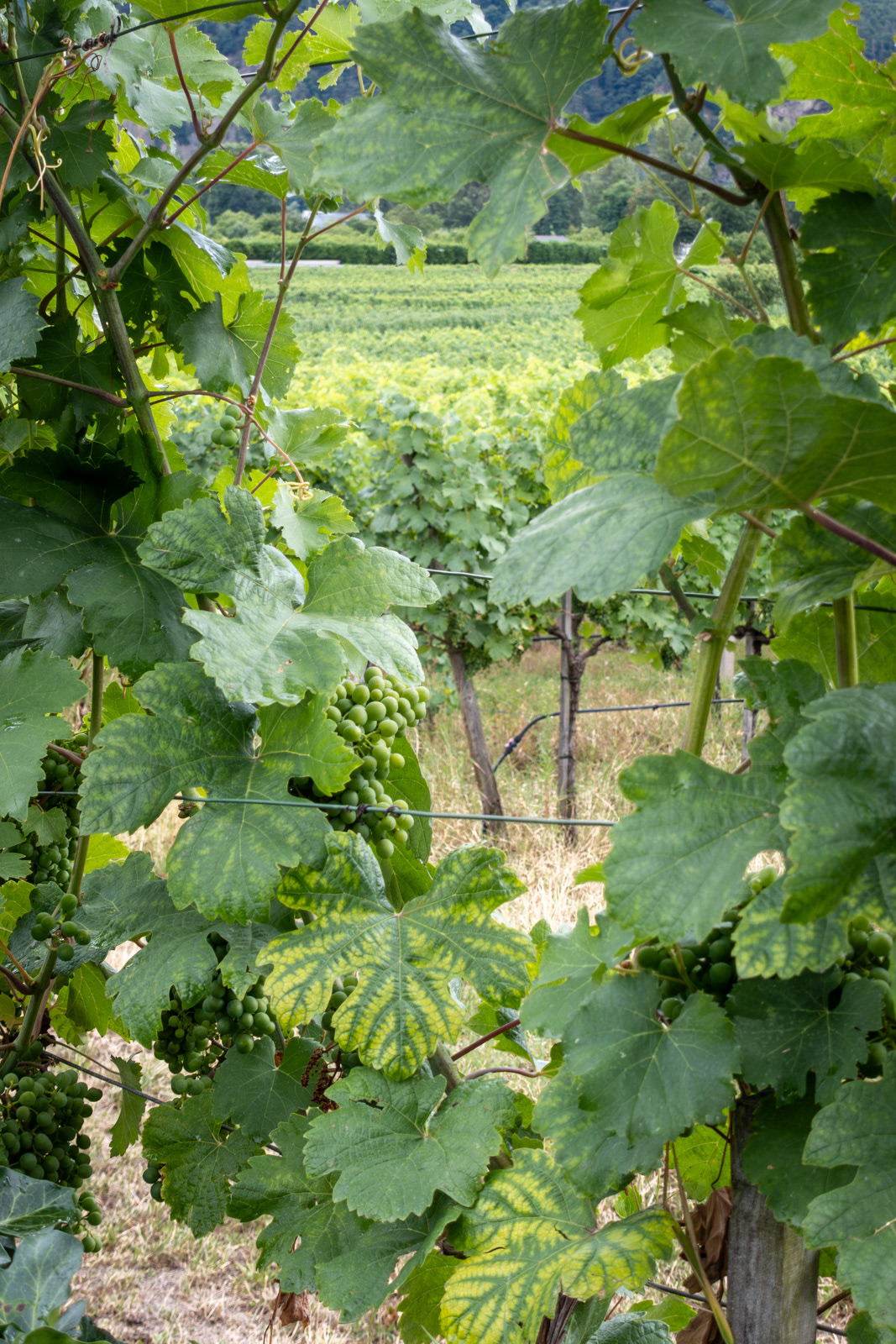
Return to Austria
